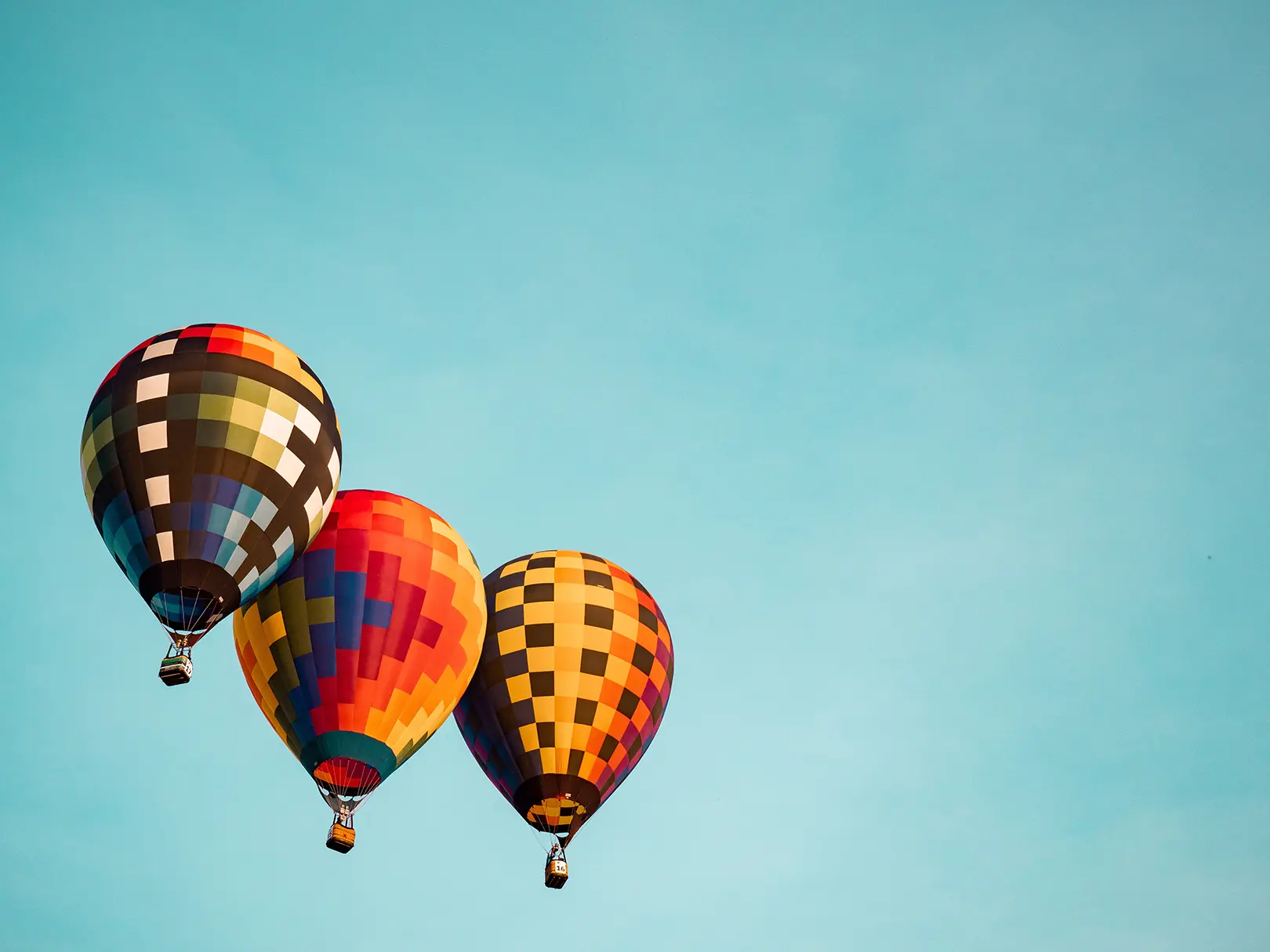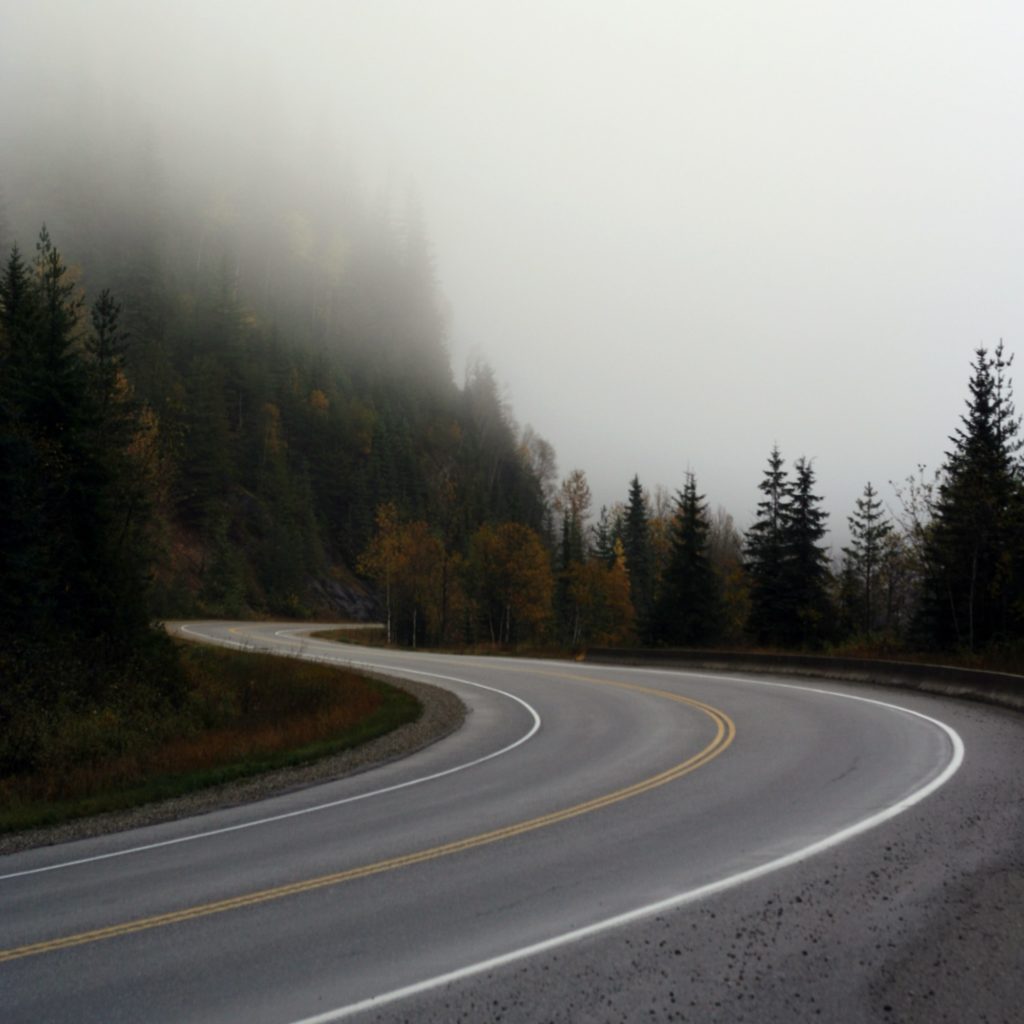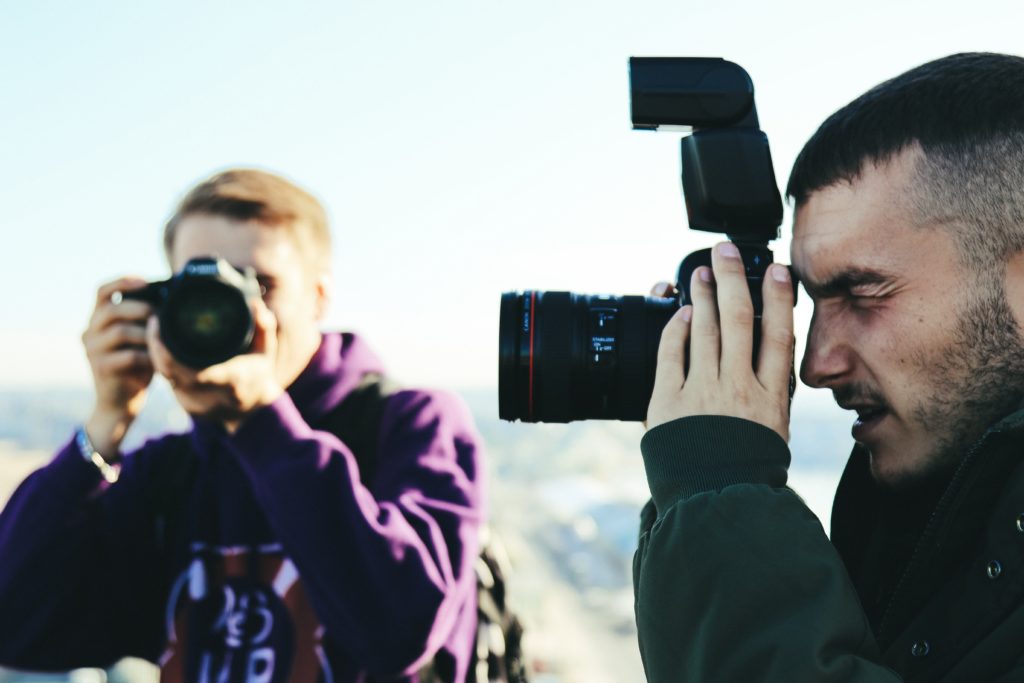The rule of odds is a fascinating compositional rule which is all about creating visual pleasure. We get joy from our subjects being framed – ie 2 elements on either side of the subject making for 3 in our rule of odds. The human brain is hardwired for arranging things into symmetrical compositions – it is just aesthetically pleasing.
The rule of odds is all about using that psychological condition of the human brain in order to make some really interesting and pleasant composition in photography.
Unlike the rule of thirds, this “rule” isn't about where you place your subject in the frame of your photo but with arranging elements into very functional and good-looking quantities.

Why Is It Rule Of Odds And Not Rule Of Evens?
Elements arranged into even numbers suffer from our own human urge to group things out. If a group is composed of 2 or 4 elements, our brain will immediately try to split them out into two groups.
Even numbers also create some sort of competition between the elements constructing the group. There is competition with the eye wandering between the evenly matched grouping, trying to figure out which is the element that we should focus on. Even numbers create symmetry that is in fact unnaturally static.
How Should You Compose Your Elements
You can give a subject a high level of protagonism simply by surrounding it with other subjects, as long as you keep things in odd numbers.
The best way of using the rule of odds is to adjust your composition so that your subject remains the focus of your image – perhaps you can use smaller objects in the frame, or think about using distance – ie putting your elements on another plane, or perhaps having some of your composition out of focus as well.
You are looking to frame your subject, so you could try some of the following compositional choices:
- You can put your subjects in a line – side by side or perhaps vertically
- Or try a triangle formation
- When there are more than 3 elements, move them around to create a pleasing composition in the frame.

Yes, Overcrowding Your Image Is Possible!
Remember with the rule of odds that we are really talking about limiting your compositional elements to 3 or possibly 5. You can still have odds with 5 or 7 objects, but you should stay with small populated groups, otherwise, you'll start falling more into the trap of repetition, patterns or rhythm instead of simple odds. And then we are back to your brain trying to group them and wandering around trying to find the focus.
Also, the human brain has a better chance of feeling attracted to arrangements of 3 to 5 elements tops.
Make Sure You Create A Subject With The Group
Sometimes, when using the rule of odds, the grouping can become the whole image, by that I mean that you've diluted the impact of your actual subject. So make sure that you have the focus of your image in mind when you are constructing your composition. You can have a group made with odd elements but perhaps remember to still lay them out with the rule of thirds in mind.
Now Practice The Rule Of Odds
Try to practice this technique of grouping things into odds and share them with us at the Tank!
Composition skills are one of the strongest assets you could develop in photography, even more than learning how to use a camera correctly. So practice daily and you'll become better without even noticing it. Check out Photzy's action cards for project inspiration.
Also, if you are interested in advanced composition, don't forget to take a look at the guide to Advanced Composition over at Photzy.
We would also like to know what your opinions are about the rule of odds. Please feel free to share your thoughts in the comments section below.






